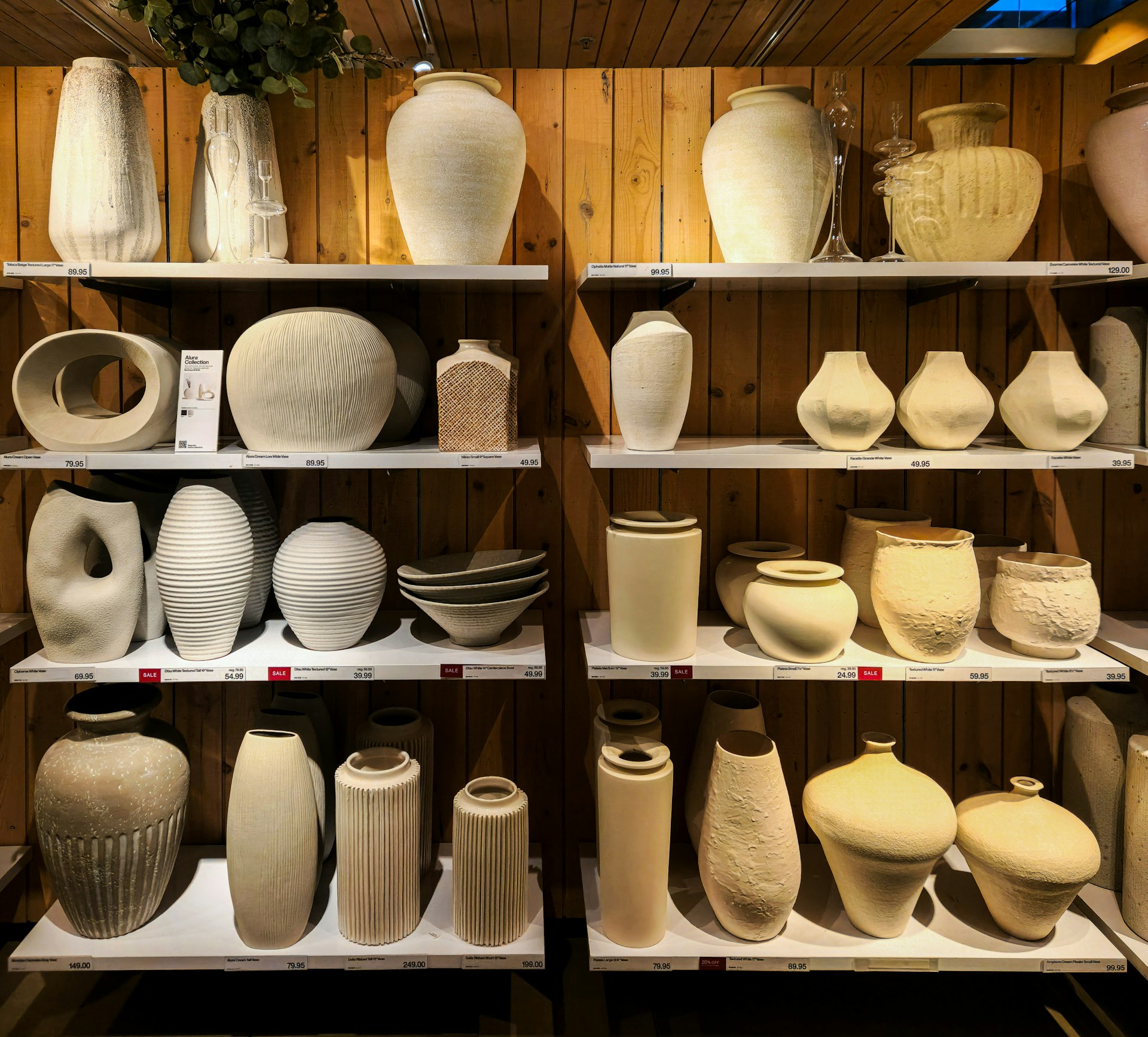How Do Shelving Accessories Influence Shopper Engagement?
It's easy to overlook how much shelving accessories can change the way people shop, but these tools often have a strong effect on what catches your eye and what ends up in your basket. Smart use of shelving accessories can make products stand out, encourage more interaction, and even spark impulse buys. Accessories like sign holders, shelf dividers, and product organizers help keep displays neat and make it easier for you to find what you're looking for without feeling overwhelmed.
That sense of ease and order doesn't happen by accident—it's shaped by subtle design choices that guide how people move and decide. Compared to cluttered or uneven displays, setups that use tools like shelf dividers and sign holders feel more organized and trustworthy. Lozier gondola accessories from Advance Displays, much like other high-utility shelving tools, help create that structure in a way that feels natural to the shopper. When shelves are thoughtfully arranged, people spend less time searching and more time discovering.

The Impact of Shelving Accessories on Shopper Engagement
Shelving accessories do more than hold products; they set the stage for how you browse, notice, and interact with items. Small changes in shelf layout or presentation can affect how long you stay in an aisle and which products you pay attention to.
How Shelving Accessories Guide Shopper Behavior
Shelving accessories like shelf dividers, product pushers, and signage help organize products and create a smoother flow through the store. These tools can guide your movement and shape where your eyes naturally go first.
For example, shelf dividers separate different brands, making choices clearer. Product pushers keep items at the front, so you always see a neat, full shelf. Sign holders draw your focus toward promotions or sales.
Well-placed shelf trays can even encourage you to pick up items you might have missed. Accessories that create clear paths can also keep you from doubling back or feeling frustrated by clutter. As a result, you're more likely to keep shopping and discover more products.
Visual Merchandising Strategies with Shelf Improvements
Shelf improvements can improve how products are presented and help stores build an inviting look. By choosing the right mix of bins, risers, and lighting strips, retailers can group products by color, size, or theme.
Using coordinated accessories allows for eye-catching displays designed to catch your attention from across the aisle.
Examples of shelf improvements used for visual merchandising:
- Adjustable shelving for seasonal items
- Lighted shelf strips for highlighting new arrivals
- Tiered displays for small, grab-and-go items
These strategies can make shelves look more active and interesting, which can affect your view of product quality. Proper lighting and organization also help you find what you're looking for faster, making your shopping trip feel simpler.
Optimizing Product Visibility and Access
Making products more visible and easier to reach is key to getting you to interact with them. Accessories like clear shelf fronts, pull-out trays, and angled shelves keep products in plain view and at a convenient angle.
If you can see and grab an item easily, you're more likely to consider buying it. Adjustable fixtures allow products of different heights to share the same space, so you don't miss anything important.
Stores often use bold shelf tags or labels to call out discounts, new stock, or special features. This type of clear labeling not only increases visibility but also helps you make choices quickly. The easier it is for you to spot and reach products, the more likely you are to add them to your cart.
Design Considerations for Effective Shelving Accessories
Choosing the right shelving accessories can help attract buyers, display products neatly, and build a clear shopping experience. Thoughtful planning can improve how people move through the space and make displays more memorable.
Selecting Accessories for Target Demographics
Think about the age, interests, and shopping habits of the people you want to reach. If most of your shoppers are parents, you might place items lower for easy access by kids or use bold labels with simple language. For young adults, sleek bins or trendy hooks in modern finishes can make displays feel more unique.
Pay attention to color choices. Colorful baskets or labels might attract families, while calm tones may better suit a professional crowd. Simple lighting strips or mirrors can highlight seasonal items or featured products so that your display gets noticed by people who visit often.
It's also helpful to update accessories based on trends or the time of year. Small changes like switching shelf liners or adding themed trays keep your displays fresh for regular visitors.
Integration with Store Layout and Branding
Shelving accessories should connect smoothly with the rest of your store in both style and function. Choose baskets, dividers, or risers that match your store colors and echo the look of your logo, sign, or product packaging. This creates a consistent look from shelf to shelf.
Placement matters. Try to avoid blocking paths or creating clutter. Place clear labels and keep popular accessories where shoppers can reach them easily. Use shelf talkers or product stand-outs to draw attention, but avoid too many so displays don't look messy.
If your store layout changes, adjustable or modular accessories allow quick updates as needed. Simple displays that match your overall message help shoppers find what they need and leave a positive impression, both visually and practically.
Conclusion
Shelving accessories make it easier for you to notice and reach products while shopping. Simple additions like hooks, bins, and clear signs help you find what you need faster.
Good shelf setups can grab your attention and spark your interest in items you might not have planned to buy. Details like colors, labels, and product grouping all play a part in how you shop.
Choosing the right accessories and layout lets you have a more enjoyable and efficient shopping trip.
Published 7/14/25